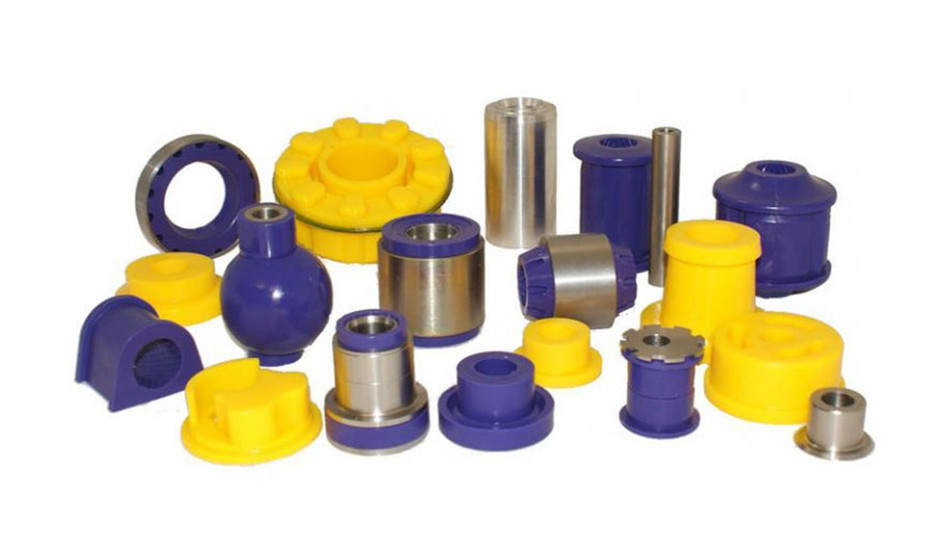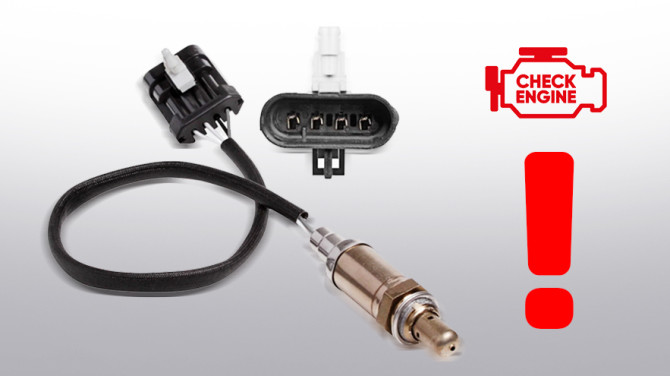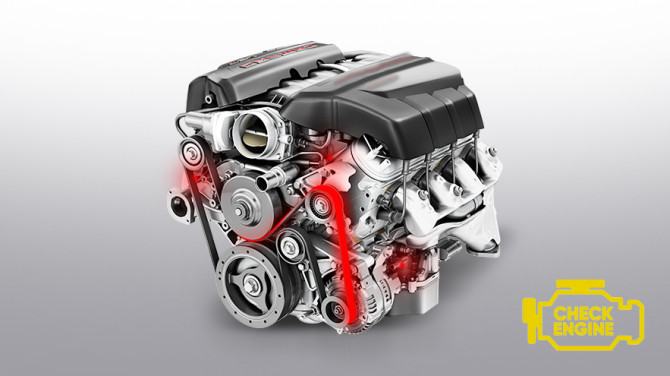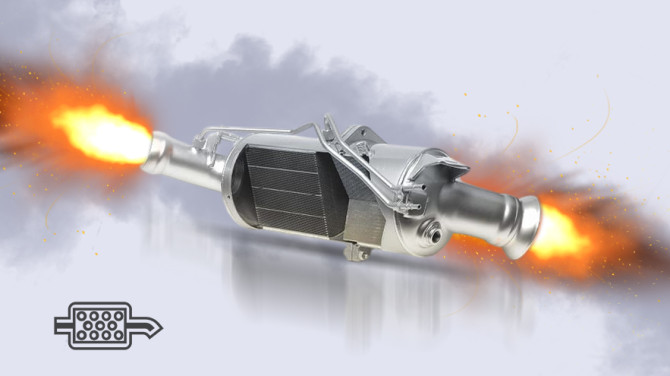Tutorial on Bushings (Silent Blocks): Structure, Functions, Types

If you've noticed your car making rattling noises, feeling weak and sluggish, or experiencing misalignment, it's time to inspect the bushings and related components.
In this article, we'll explain where to find bushings, how to tell if they're worn out, and what steps to take.
Bushings Overview: Construction, Functions, Types
A bushing (or silent block, from the English "silent") is a non-detachable rubber-metal connection. It consists of two metal sleeves tightly bonded by a vulcanized elastomer insert (rubber or polyurethane).
The purpose of bushings is to provide a movable connection between fixed parts without friction. Metal sleeves give the joint strength and prevent wear, while the rubber adds flexibility. The rubber inserts act as shock absorbers, dampening radial and axial vibrations and enabling the bushing to rotate without friction. The effectiveness of a bushing in absorbing shocks depends on the type of elastomer, which we'll discuss later in the article.
In short, bushings aim to facilitate a movable connection between fixed components and dampen vibrations.
Types of Bushings and Where to Find Them
Bushings differ in construction and location within the car.
The following types of bushings exist:
- With steel housings in various shapes.
- With rubber housings in various shapes.
- With a movable inner sleeve.
Based on location, there are suspension bushings and assembly bushings, such as those for the gearbox, steering rack, tie rod, shock absorbers, etc.
Rubber or Polyurethane?
Bushings also vary in the material of the insert—either rubber or polyurethane. The best choice depends on your driving style, road quality, and individual preferences regarding the car's behavior. Polyurethane bushings are harder than rubber, providing a stiffer steering rack for auto.
This improves vehicle handling, responsiveness, and maneuvering stability. However, it sacrifices ride comfort, making the steering wheel significantly stiffer. Additionally, polyurethane:
- Does not react chemically with reagents, gasoline, or oils.
- Does not dry out or crack due to temperature and humidity changes.
- Is highly resistant to damage.
On the other hand, if you prefer a comfortable ride, drive on smooth roads, and are not into street racing, choose rubber bushings.
Rubber is:
- Soft, protecting steering mechanisms and suspension components from impacts.
- Elastic, increasing suspension travel, crucial for SUVs with wheels that shouldn't be rigid.
- Ensures comfort.
However, rubber has its drawbacks:
- Sensitive to temperature and humidity changes, drying out, cracking in frost, or becoming soft in hot weather.
- Reacts chemically with petroleum products, oils, and other technical fluids.
How Long Do Bushings Last, and When to Replace Them
The most heavily loaded bushings are those in the front suspension and steering system. Firstly, these connecting elements are actively in use, and secondly, they are closest to the road, exposed to contaminants, water, and road chemicals. Therefore, it's advisable to check and replace front suspension and steering bushings every 50,000 to 100,000 km—mileage depends on driving style and road quality.
While bushings might seem like reliable components, they often succumb to the challenges posed by roads.
Bushings deteriorate due to mechanical loads, natural aging of materials, temperature changes, and chemical influences. Initially, rubber connections crack, and over time, these cracks deepen, causing the separation of sleeves. Consequently, the proper alignment of connected elements is compromised, leading to:
- Unusual sounds like squeaking and grinding.
- Deterioration of wheel geometry.
- Uneven tire wear.
During a self-check, you might notice torn rubber inserts, cracks, or even find only the metal sleeve, with the connection loosely hanging inside—particularly severe cases result in the rubber part breaking and getting lost on the road.
How to Replace the Steering Rack Bushing
A word of caution: if you're not a car mechanic, replacing a bushing on your own might be challenging.
Bushings are pressed into sockets on the steering rack, so careful removal and installation of new bushings are not feasible in home conditions. Specialized equipment, rather than sheer strength, is needed. If excessive force is applied, the steering rack ears are likely to break. Unfortunately, these parts are not repairable as they are integral to the casting. Therefore, it's more cost-effective and safer to replace bushings in a specialized workshop. The procedure usually takes no more than one working day.
The average lifespan of original rubber bushings is around 50,000 to 100,000 km, while polyurethane bushings last up to 150,000 km. Counterfeit products have significantly shorter service lives. Regular diagnostic checks at a service station once a season are crucial. For those actively using their vehicles off-road, establishing a routine of personally inspecting the condition of bushings approximately once a month is recommended.







